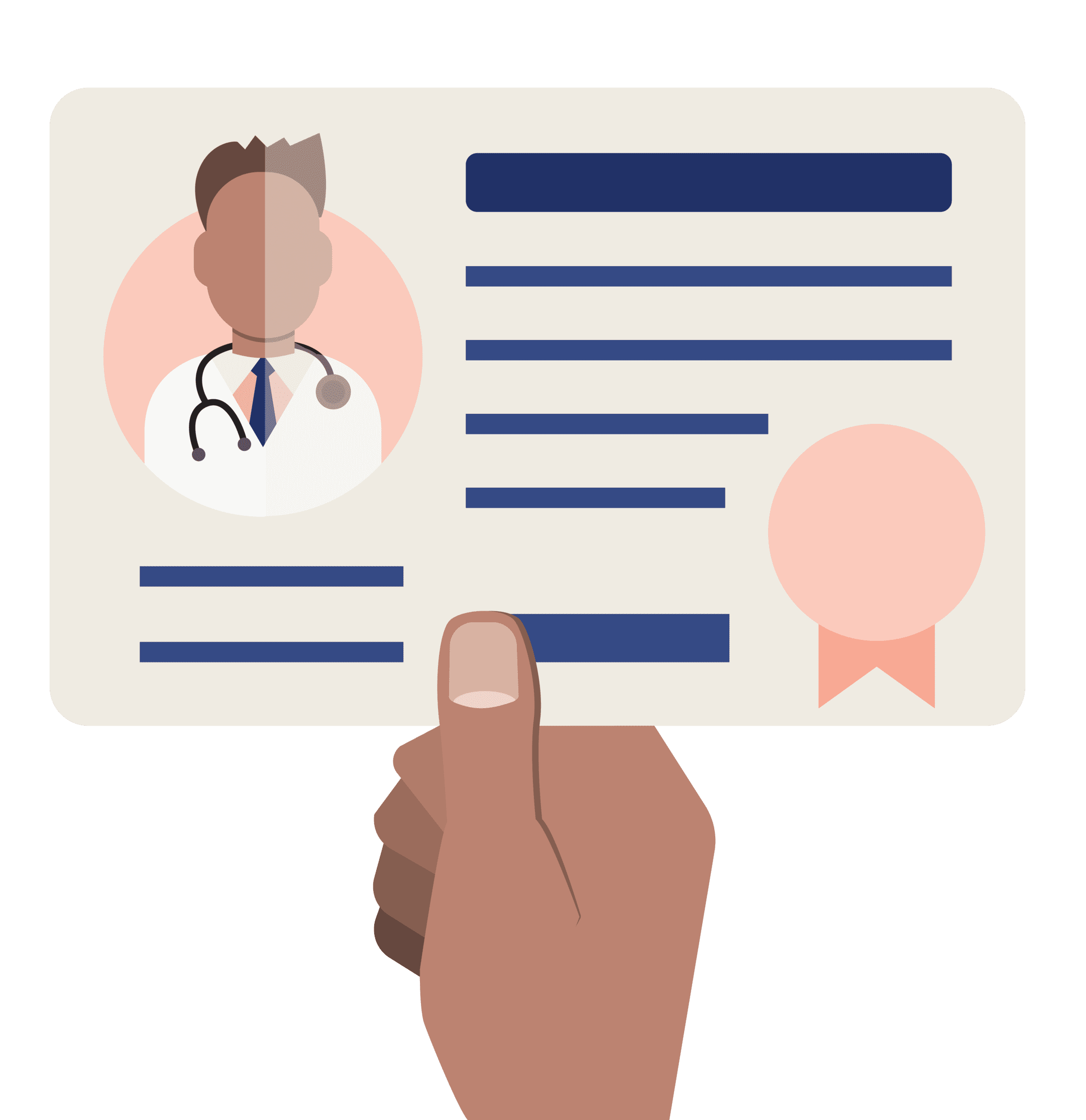
Accounts receivable in medical billing is a crucial aspect of the healthcare industry, playing a vital role in the financial management of medical practices. In this comprehensive explanation, we will delve into the concept of accounts receivable and its significance within medical billing. By understanding this fundamental component, healthcare professionals can optimize revenue cycles and ensure efficient payment processes.
- The significance of accounts receivable in medical billing lies in its role as a crucial financial asset for healthcare organizations. Accounts receivable represents the amount of money owed to a healthcare provider by patients, insurance companies, or other third-party payers for services rendered. It serves as a measure of the organization’s financial health and liquidity, as well as a source of cash flow. Timely and accurate management of accounts receivable ensures that healthcare providers receive the payments they are owed, enabling them to cover operational costs, invest in new technologies, and provide quality patient care.
- Accounts receivable management has a significant impact on healthcare organizations. Effective management of accounts receivable ensures that healthcare providers receive timely payments, reducing the risk of cash flow problems and financial instability. It involves various activities such as billing, claims submission, follow-up on unpaid claims, and resolution of denials or rejections. By optimizing these processes, healthcare organizations can minimize the time it takes to receive payments, improve revenue cycle management, and enhance overall financial performance. Furthermore, efficient accounts receivable management allows providers to maintain positive relationships with patients and payers, fostering trust and loyalty in the healthcare system.
- Understanding accounts receivable is crucial in the healthcare industry because it enables healthcare providers to navigate the complex landscape of medical billing and reimbursement. With the ever-changing regulations and policies surrounding healthcare payments, providers need to stay informed and knowledgeable about the intricacies of accounts receivable. This understanding allows them to accurately bill for services, submit claims in a timely manner, and effectively communicate with insurance companies and patients regarding payment responsibilities. By having a clear understanding of accounts receivable, healthcare organizations can minimize billing errors, reduce claim denials, and maximize revenue generation.
- The key components of accounts receivable in medical billing include the amounts owed by patients, insurance companies, or other third-party payers for services rendered. These amounts are typically categorized based on the payer type, such as commercial insurance, government programs (e.g., Medicare, Medicaid), or self-pay. Each component requires specific billing and follow-up processes to ensure timely and accurate reimbursement. Additionally, accounts receivable may also include outstanding balances for deductibles, co-pays, or co-insurance that patients are responsible for paying. Proper management of these components is essential for maintaining a healthy financial position and ensuring the sustainability of healthcare organizations.
- Healthcare providers handle patient accounts receivable through a systematic approach that involves various steps. Initially, they gather patient demographic and insurance information to accurately bill for services. Once services are rendered, claims are submitted to insurance companies or other payers for reimbursement. Providers then follow up on unpaid claims, addressing any denials or rejections and resubmitting claims if necessary. In cases where patients are responsible for payment, providers send statements and communicate with patients to collect outstanding balances. Effective communication, accurate documentation, and efficient follow-up processes are crucial for managing patient accounts receivable and ensuring timely payment.
- Managing accounts receivable in healthcare poses several challenges. One of the main challenges is the complexity of medical billing and reimbursement systems. With multiple payers, varying coverage policies, and evolving regulations, healthcare providers need to stay updated and adapt to changes to ensure accurate and timely reimbursement. Additionally, the high volume of claims and the potential for claim denials or rejections make it challenging to track and follow up on unpaid claims effectively. Moreover, the increasing patient responsibility for healthcare costs, such as deductibles and co-pays, adds another layer of complexity to accounts receivable management. Addressing these challenges requires efficient processes, skilled staff, and advanced technology solutions.
- Accounts receivable in medical billing differs from other industries due to the unique nature of healthcare services and payment systems. Unlike traditional retail or service industries, healthcare providers often face complex reimbursement processes involving multiple payers, such as insurance companies, government programs, and self-pay patients. The involvement of insurance companies adds an additional layer of complexity, as providers must navigate various coverage policies, claim submission guidelines, and reimbursement rates. Moreover, the medical billing and coding systems used in healthcare require specialized knowledge and expertise. These industry-specific factors make accounts receivable management in healthcare distinct from other industries.
- Accounts receivable plays a crucial role in hospital financial management. Hospitals rely on timely and accurate reimbursement for their services to cover operational costs, invest in infrastructure, and provide quality care to patients. Managing accounts receivable effectively ensures that hospitals receive the payments they are owed, minimizing the risk of cash flow problems and financial instability. Hospitals also use accounts receivable data to analyze revenue trends, identify areas for improvement, and make strategic financial decisions. By optimizing accounts receivable processes, hospitals can enhance their financial performance, maintain a sustainable operation, and continue to serve their communities.
- Healthcare organizations can improve their accounts receivable processes through various strategies. Implementing efficient billing and coding practices, ensuring accurate documentation, and verifying patient insurance information upfront can help reduce claim denials and rejections. Utilizing technology solutions such as electronic health records (EHR) and revenue cycle management (RCM) systems can automate billing processes, streamline claims submission, and improve overall efficiency. Effective communication with insurance companies and patients regarding payment responsibilities and providing clear and transparent billing statements can also enhance the collection process. Additionally, training and educating staff on accounts receivable management best practices can contribute to improved financial outcomes.
- Common strategies for managing healthcare accounts receivable include proactive claim follow-up, denial management, and patient collections. Proactive claim follow-up involves monitoring the status of submitted claims, identifying any delays or issues, and taking appropriate actions to resolve them. Denial management focuses on understanding the reasons for claim denials, appealing when appropriate, and implementing process improvements to minimize future denials. Patient collections involve effective communication with patients regarding their financial responsibilities, offering payment plans or financial assistance options when necessary, and ensuring timely collection of outstanding balances. By implementing these strategies, healthcare organizations can optimize their accounts receivable processes and improve financial outcomes.
- Accounts receivable in medical billing has a direct impact on revenue cycle management (RCM) in healthcare. Revenue cycle management encompasses the entire process of generating revenue for healthcare organizations, from patient registration and appointment scheduling to claims submission and payment collection. Accounts receivable management is a critical component of RCM, as it involves billing, claims processing, and follow-up activities. By effectively managing accounts receivable, healthcare organizations can streamline their revenue cycle, reduce claim denials and rejections, accelerate cash flow, and improve overall financial performance. A well-managed accounts receivable process contributes to a more efficient and sustainable revenue cycle.
- Ineffective accounts receivable management in healthcare can have several potential consequences. One of the significant consequences is delayed or reduced cash flow, which can lead to financial instability for healthcare organizations. Unpaid claims or outstanding patient balances can result in revenue leakage and hinder the ability to cover operational costs. Additionally, ineffective management can lead to increased claim denials and rejections, resulting in lost revenue and increased administrative costs for rework or appeals. Poor accounts receivable management can also strain relationships with patients and payers, negatively impacting patient satisfaction and provider-payer partnerships. Therefore, it is crucial for healthcare organizations to prioritize effective accounts receivable management to avoid these potential consequences.
- Healthcare providers calculate and track accounts receivable using various metrics and tools. Common metrics include accounts receivable aging, which categorizes outstanding balances based on the length of time since the service was rendered, and accounts receivable turnover, which measures how quickly outstanding balances are collected. Providers also use key performance indicators (KPIs) such as days in accounts receivable (DAR) and denial rate to track the efficiency and effectiveness of their accounts receivable processes. Additionally, healthcare organizations utilize practice management systems, revenue cycle management software, and financial reporting tools to generate reports and analyze accounts receivable data. These calculations and tracking methods allow providers to monitor the financial health of their organizations and make informed decisions.
- Optimizing healthcare accounts receivable involves several best practices. These include ensuring accurate and timely documentation, verifying patient insurance information upfront, and submitting clean claims to insurance companies. Implementing a robust denial management process, including analyzing denial trends, appealing when appropriate, and implementing process improvements, is also crucial. Effective communication with patients regarding their financial responsibilities, offering convenient payment options, and providing clear and transparent billing statements can enhance patient collections. Additionally, regular monitoring of accounts receivable aging and other key metrics allows providers to identify areas for improvement and take proactive actions. By adopting these best practices, healthcare organizations can optimize their accounts receivable processes and enhance their financial stability.
- Accounts receivable in medical billing contributes to the overall financial stability of healthcare organizations by ensuring a steady cash flow and enabling investment in patient care and operational improvements. Timely and accurate reimbursement through effective accounts receivable management allows healthcare providers to cover their expenses, pay their staff, and invest in new technologies and infrastructure. It also enables organizations to provide quality care to patients and attract and retain talented healthcare professionals. Moreover, a healthy accounts receivable position enhances the organization’s reputation and credibility with patients and payers, fostering trust and loyalty. Overall, accounts receivable plays a vital role in maintaining the financial stability and sustainability of healthcare organizations.
In conclusion, understanding accounts receivable in medical billing is crucial for healthcare organizations to maintain their financial stability and ensure timely reimbursement. Effective management of accounts receivable involves various processes such as billing, claims submission, follow-up, and patient collections. By implementing efficient strategies and utilizing technology solutions, healthcare providers can optimize their revenue cycle, reduce claim denials, and improve overall financial performance. A well-managed accounts receivable process contributes to the sustainability of healthcare organizations and enables them to provide quality care to patients.






